Heroin use in the United States has skyrocketed, spreading to include groups who previously were less likely to abuse the drug.
New data released Tuesday by the U.S. Centers for Disease Control and Prevention (CDC) show that heroin use increased 63% between 2002 and 2013, and heroin-related overdose deaths have nearly quadrupled over the same time period. In 2013 an estimated 517,000 people reported that they had used heroin in the last year or had a heroin-related dependence, a 150% increase from 2007. More than 8,200 people died of heroin-related overdose in 2013, according to national surveys published in the CDC’s Morbidity and Mortality Weekly Report.
While heroin use continues to be most common among men between the ages of 18 and 25 who make less than $20,000, the CDC researchers note that in recent years people in nearly every demographic group are using the drug more. For instance, heroin use has doubled among women and non-Hispanic white people.
MORE: Why You Don’t Know About the Heroin Vaccine
“Heroin use has increased rapidly across the U.S. and throughout society,” said CDC director Dr. Tom Frieden during a press conference. “With that increase we are seeing a dramatic rise in deaths.”
Addiction to prescription pain killers may be fueling some of the rise in heroin use. As TIME has reported, people who are addicted to painkillers may make the switch to heroin since it’s cheaper, doesn’t require a prescription, and offers a similar high. According to the CDC, those who are addicted to prescription opioid painkillers are 40 times more likely to be addicted to heroin. “Most heroin users have a history of nonmedical use of prescription opioid pain relievers, and an increase in the rate of heroin overdose deaths has occurred concurrently with an epidemic of prescription opioid overdoses,” the study authors write.
The report also shows that Americans using heroin are likely to be using other drugs. People addicted to cocaine are also 15 times more likely to be addicted to heroin. And the latest data shows that 96% of people who used heroin in the last year reported using at least one other drug during the same period, with 61% reporting they used at least three different drugs.
The CDC says comprehensive interventions need to happen at the federal and state levels, and health care providers need to follow best practices prescribe pain killers responsibly. As part of that effort, the government is increasing access to substance abuse treatment under the Affordable Care Act and increasing education and training for providers. States can address the problem by implementing prescription drug monitoring programs and expanding access to opioid overdose antidote naloxone, the CDC says.
Read Next: Why America Can’t Kick its Painkiller Problem
'Two Lives Lost to Heroin': A Harrowing, Early Portrait of Addicts
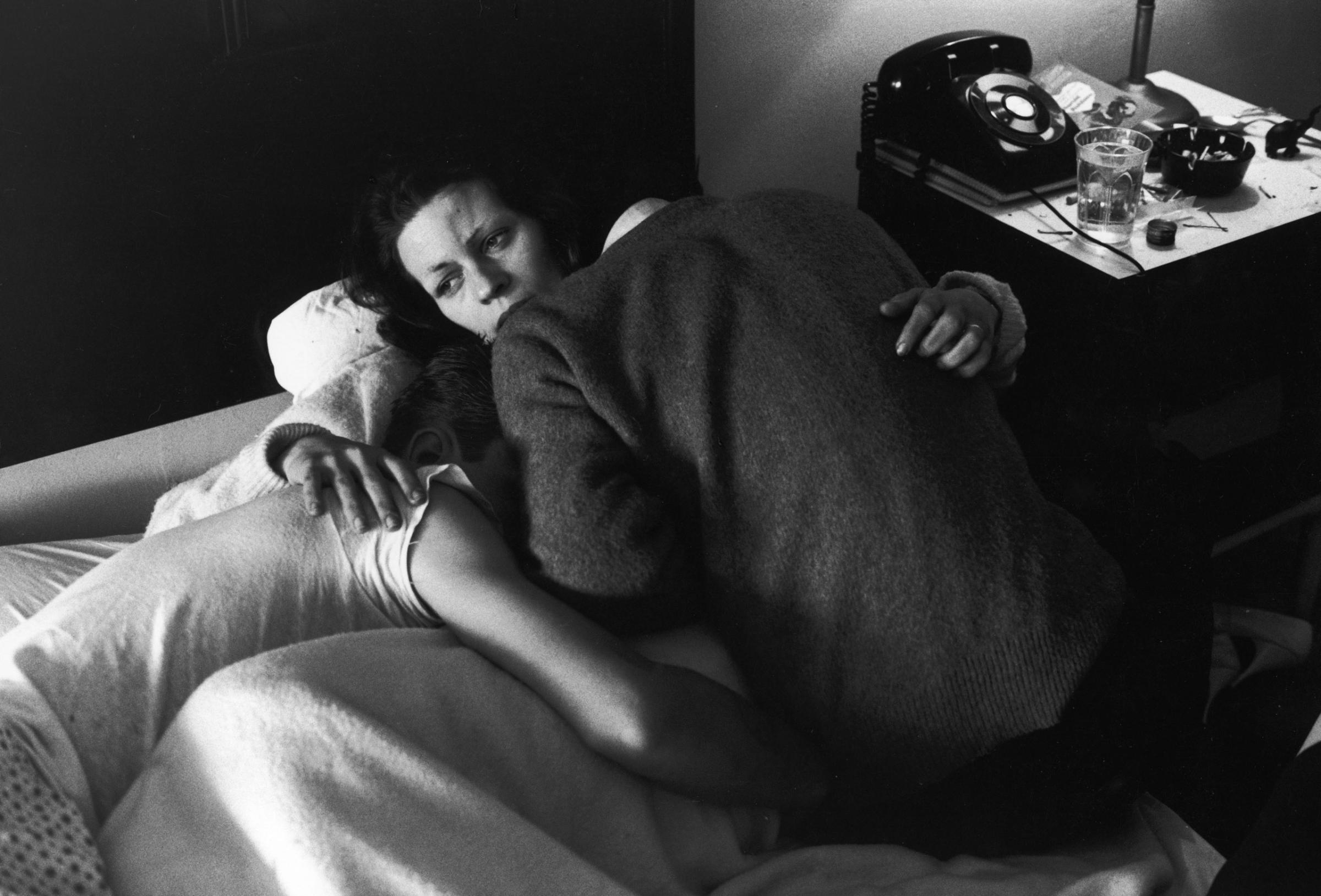
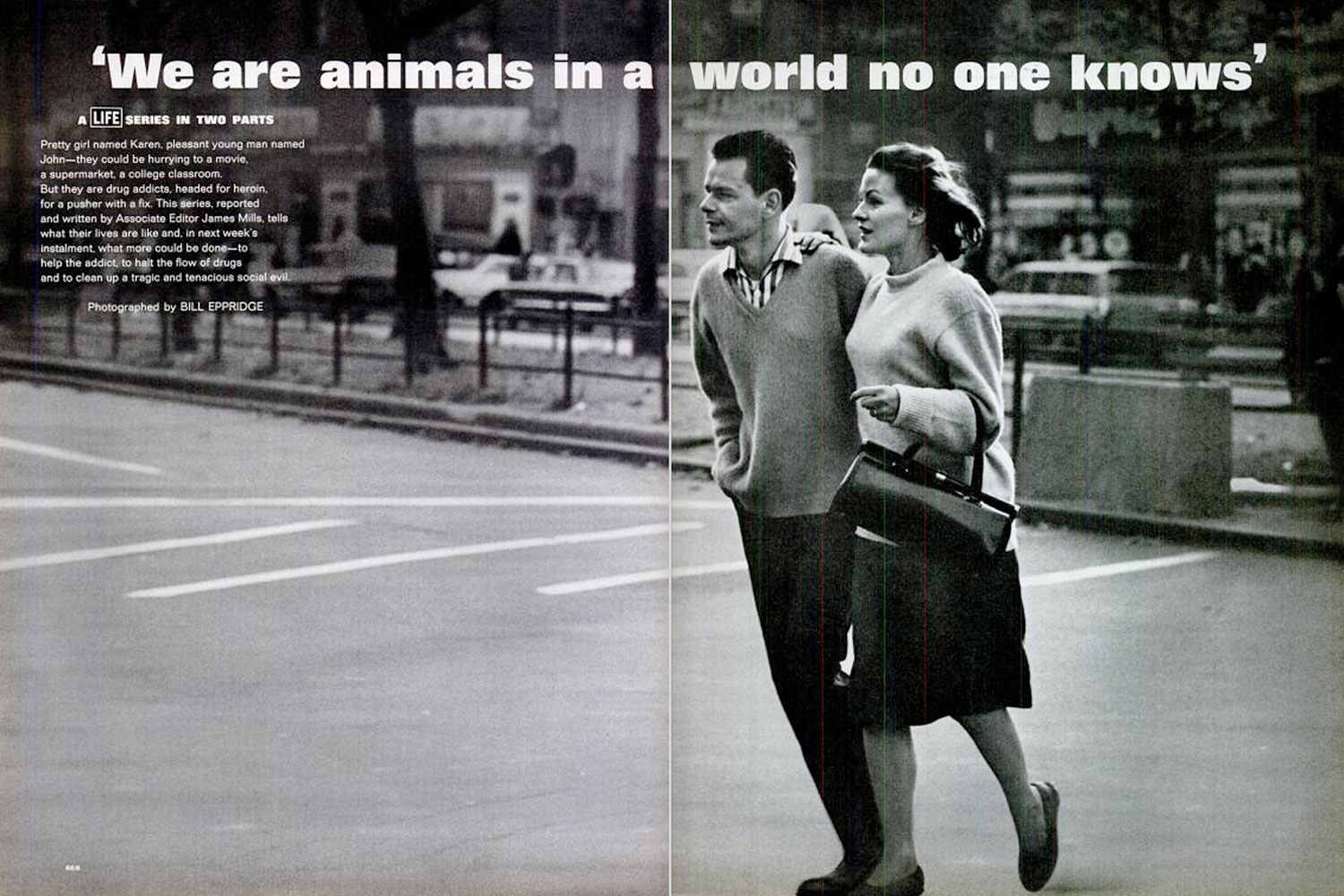

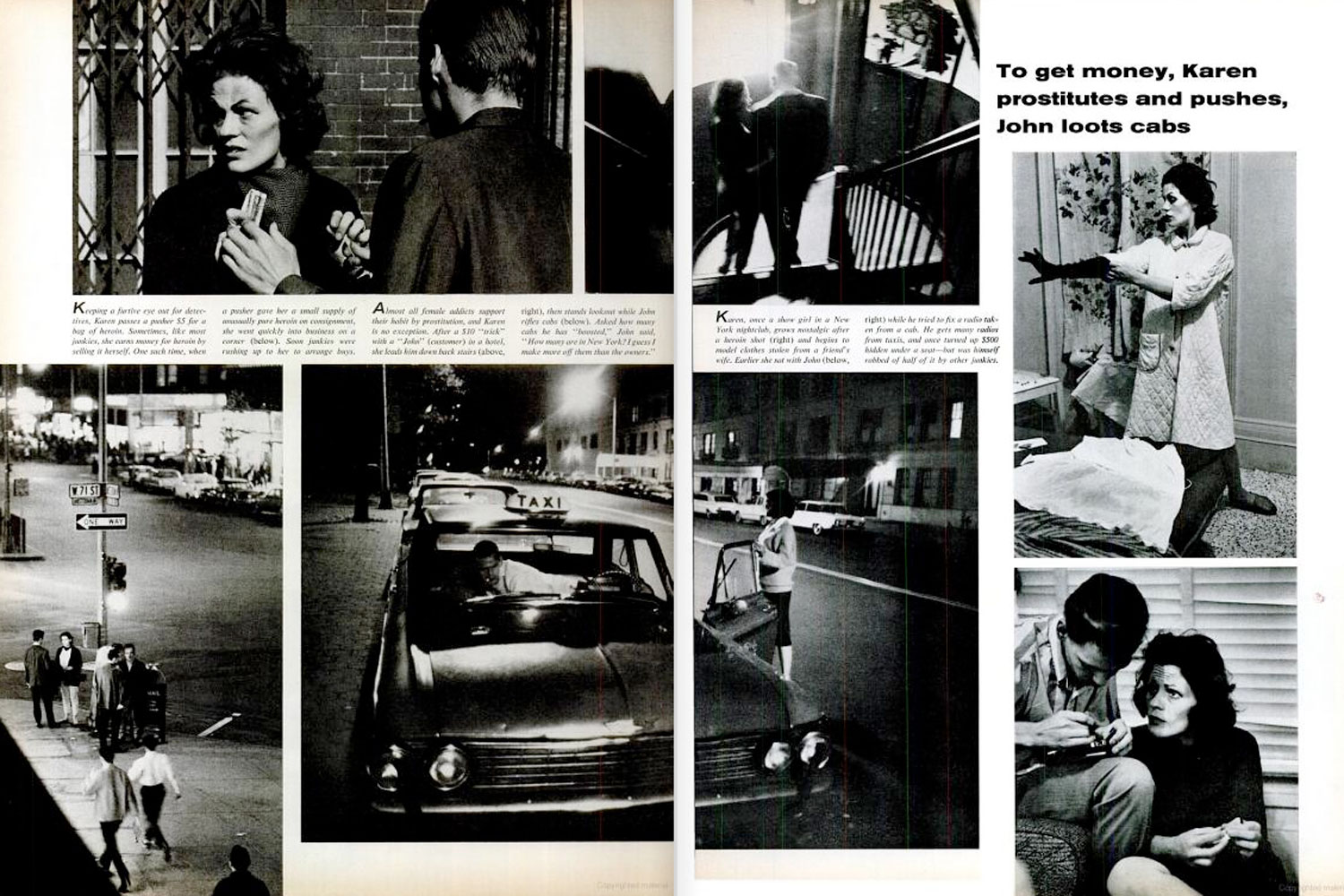
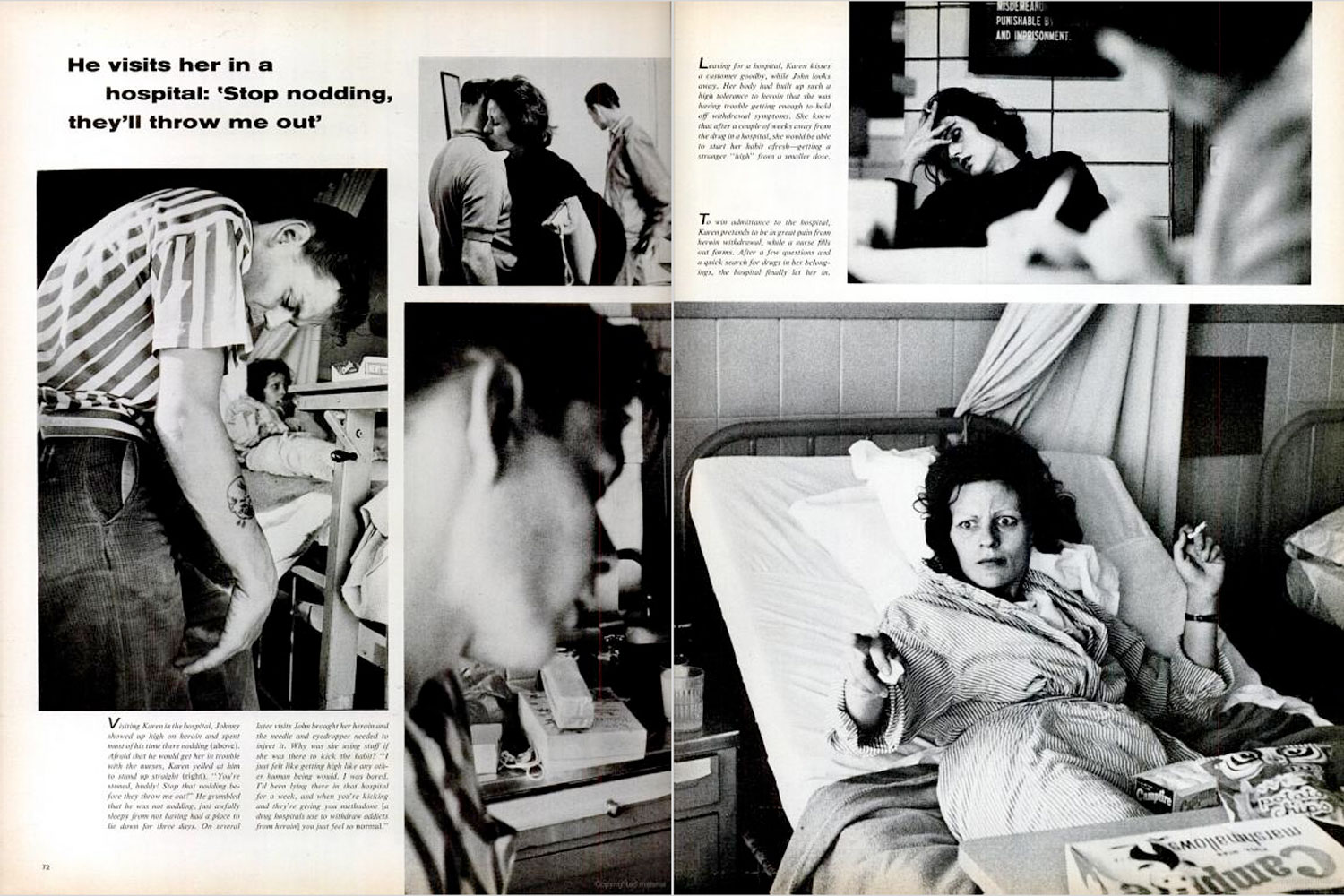

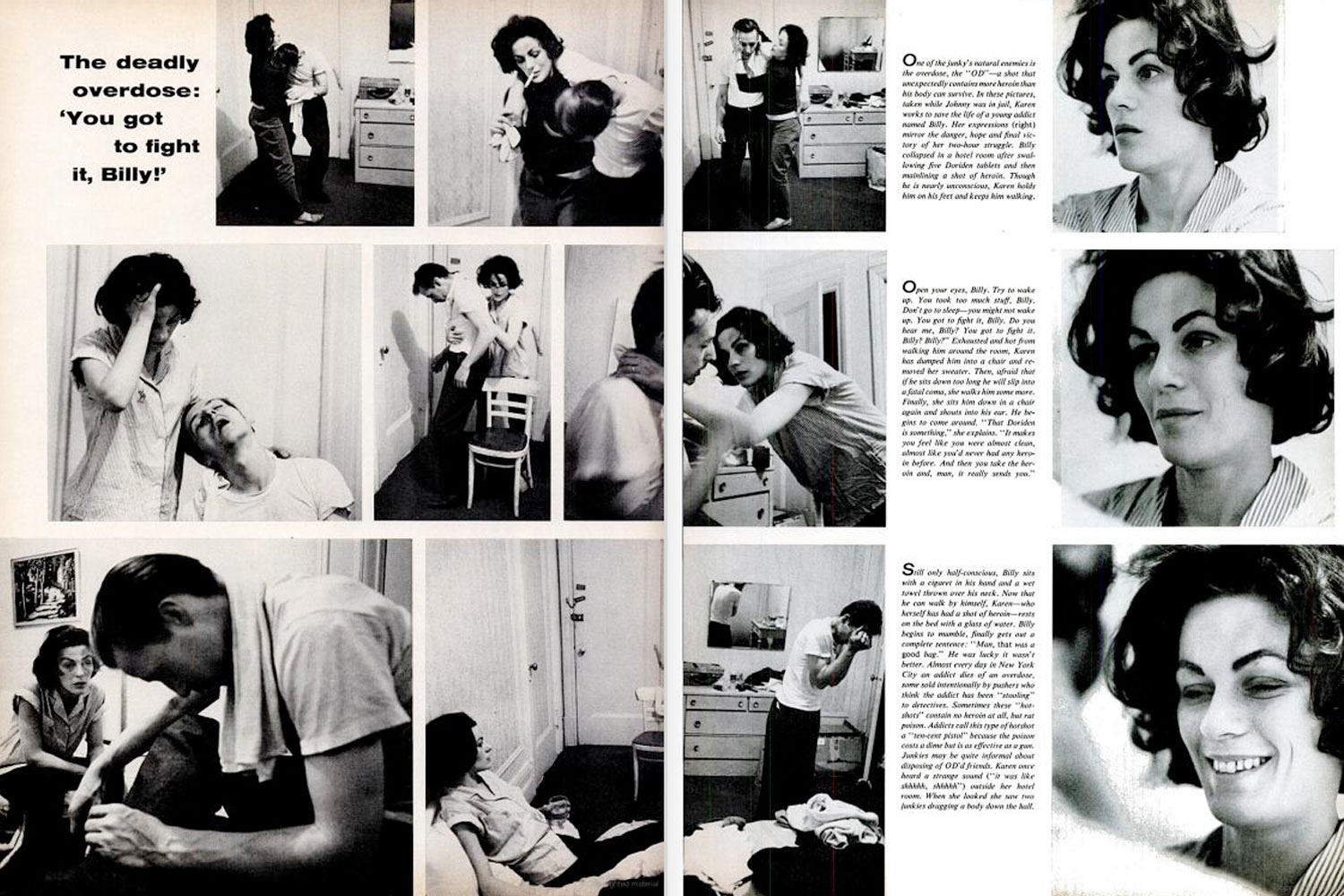


More Must-Reads from TIME
- Caitlin Clark Is TIME's 2024 Athlete of the Year
- Where Trump 2.0 Will Differ From 1.0
- Is Intermittent Fasting Good or Bad for You?
- The 100 Must-Read Books of 2024
- Column: If Optimism Feels Ridiculous Now, Try Hope
- The Future of Climate Action Is Trade Policy
- FX’s Say Nothing Is the Must-Watch Political Thriller of 2024
- Merle Bombardieri Is Helping People Make the Baby Decision
Contact us at letters@time.com